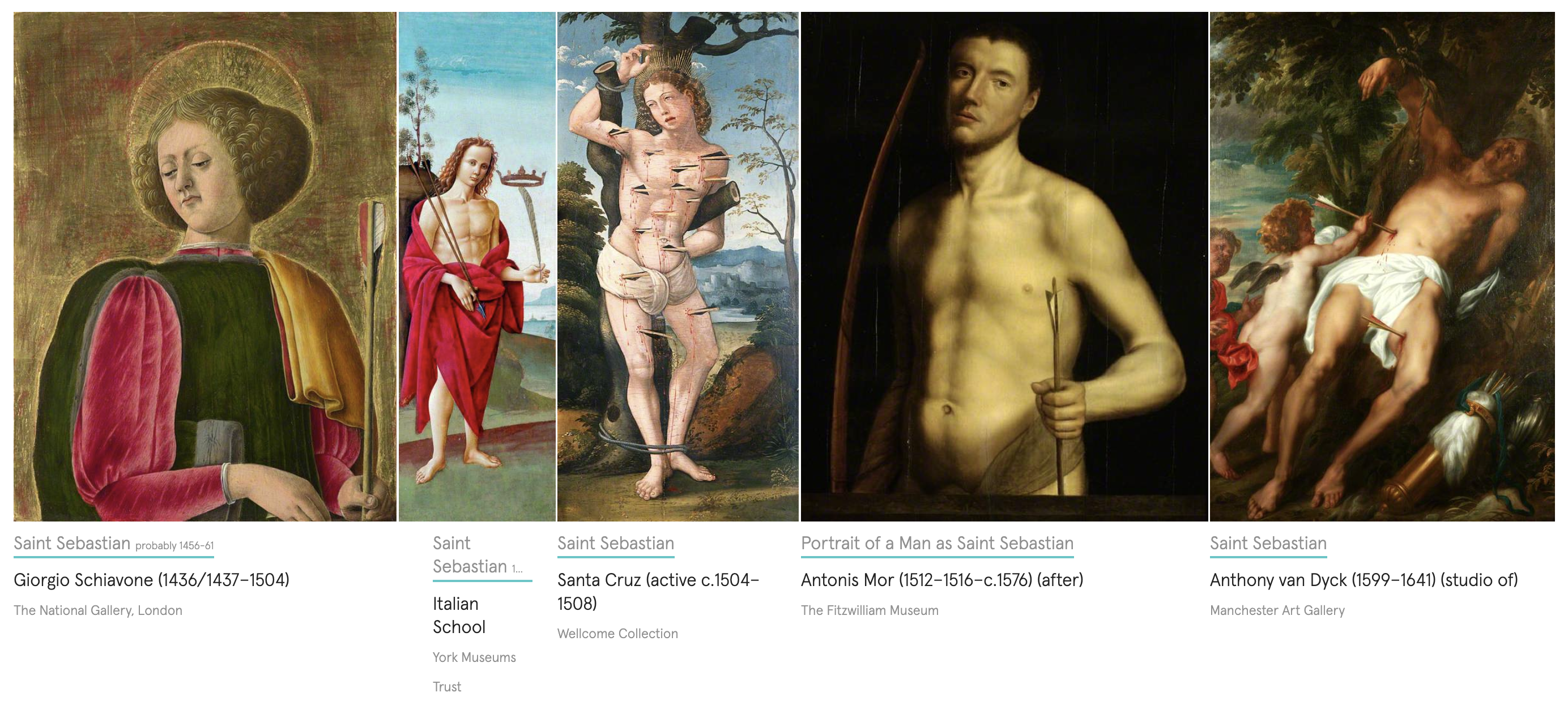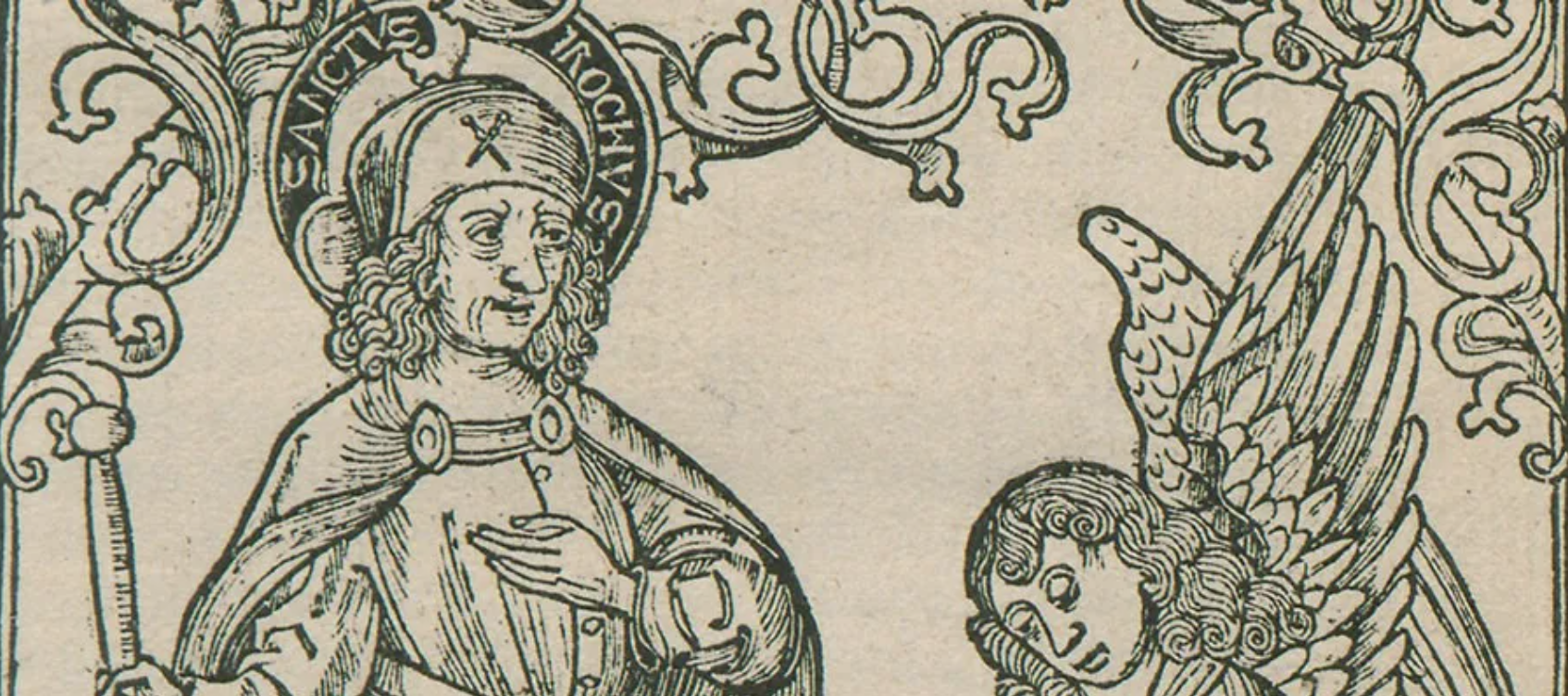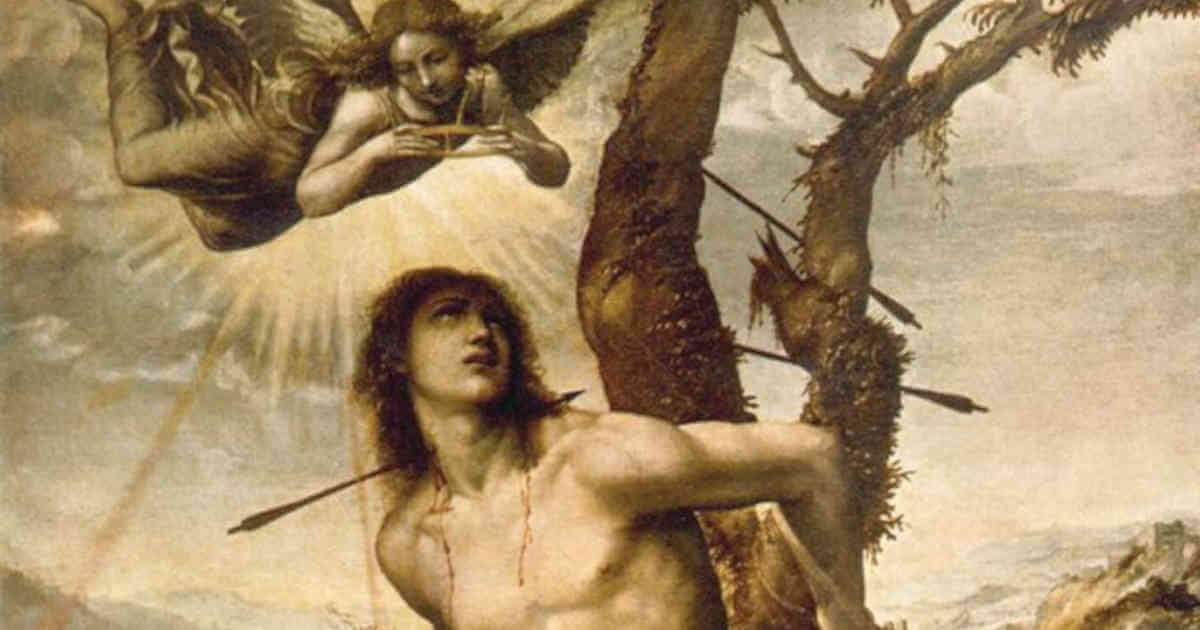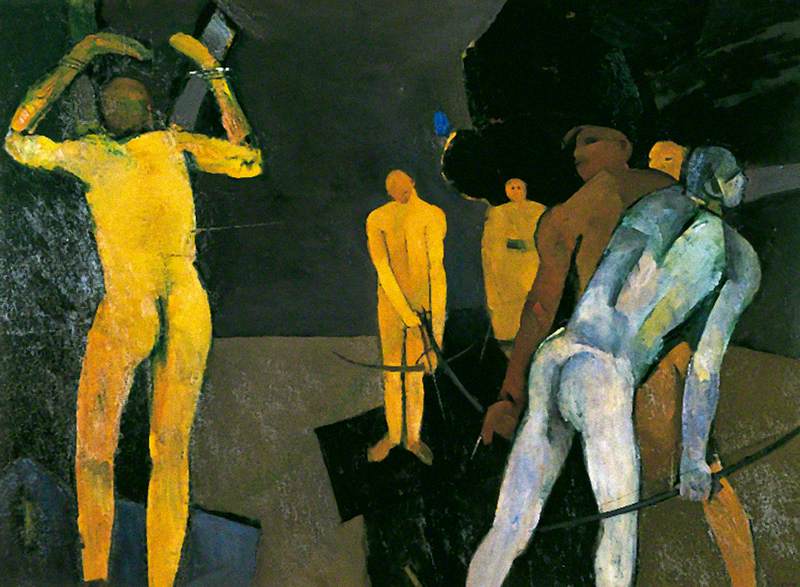On social occasions, I go by Sebastian, a name I gave myself somehow arbitrarily when I was taking French in high school. I get a lot of “Oh, and it is …” Of course, that’s not my given name. My given name is “Teng”(腾), which should be pronounced as [tʰəŋ], not [tʰɛn].
One of the reasons I chose Sebastian over Teng is the latter’s pronunciation: I genuinely do not want people to get confused. But that’s not all of it. I gave myself several very good reasons to stick to it until today.
First: It’s Posh and LOOOOOOONG!
Sebastian is a refined choice standing out with his posh feel and substantial size. Male monikers are typically shorter in length and syllables, though Sebastian dares to be different like Maximilian, Benjamin, and Christopher.

Phonetic Reasons: It’s in the way you pronounce it
I am not a linguist/phonetician, but I will try to explain Sebastian to you phonetically. Recall the famous quote from Lolita by Vladimir Nabokov:
Lo-lee-ta: the tip of the tongue taking a trip of three steps down the palate to tap, at three, on the teeth. Lo. Lee. Ta.
I was enchanted by the way “Lo-li-ta” can seduce you with its fleeting sound. Sebastian is not as clean-cut as Lolita to pronounce. Instead of jumping on your tongue, it lingers in between. That creates a playful, naughty, flirtatious charm. “Sebastian, Sebastian, Sebastian…” That’s how you play with it.
Biblical Reference: Sebastian as a Saint (SaaS😉)

Saint Sebastian was an early Christian saint and martyr killed during the Diocletianic Persecution of Christians. He was initially tied to a post or tree and shot with arrows, though this did not kill him. His strong and shirtless physique, symbolic arrow-pierced flesh, and rapturous look of pain have inspired generations of artists.
Plague saint in the Middle Ages: Vitality
During the medieval era, Saint Sebastian was presented as a mature and manly figure. He occupied an important place in the medieval mind, and symbolized the divine protector against the plague, alongside the archer god Apollo. After the Black Death ravaged Europe in 1347, his image evolved into a youthful, healthier-looking being rather than an elderly man. I made Saint Sebastian’s vitality a metaphor, with all due respect.

Shimmering youth of Apollonian beauty throughout the Renaissance: Masculinity
Artists of the Italian Renaissance rejected earlier depictions of Saint Sebastian, in which he appears older. Instead, they favored depictions of masculinity deriving from ancient Greece, embodying ideals of ephebic beauty. Subsequently, Sebastian has frequently been depicted as a handsome young man with a perfectly sculpted body. I made Saint Sebastian’s masculinity a metaphor, with all due respect.

“Decadent” androgyne in the late nineteenth century: Sensuality
The dichotomy between pain and pleasure, the violated boundaries of the human form and the saint’s inscrutable expression lend the dramatic narrative of Saint Sebastian’s martyrdom to a myriad of different interpretations and iterations. In some instances, Sebastian’s head is thrown back in supposed pleasure, making the presence of ropes and restraints positively sadomasochistic. Some have even interpreted Sebastian’s persecution as a sort of coming-out narrative, in which the martyr reveals his true self and is punished for it. I made Saint Sebastian’s sensuality a metaphor, with all due respect.

Lastly, do you see my profile picture: An apple punctured by toothpicks? That’s Euan Uglow’s Saint Sebastian.
For you
Sebastian is my sound bite. I would love to hear people talk about how I am “exactly a Sebastian”. Call me by Sebastian.